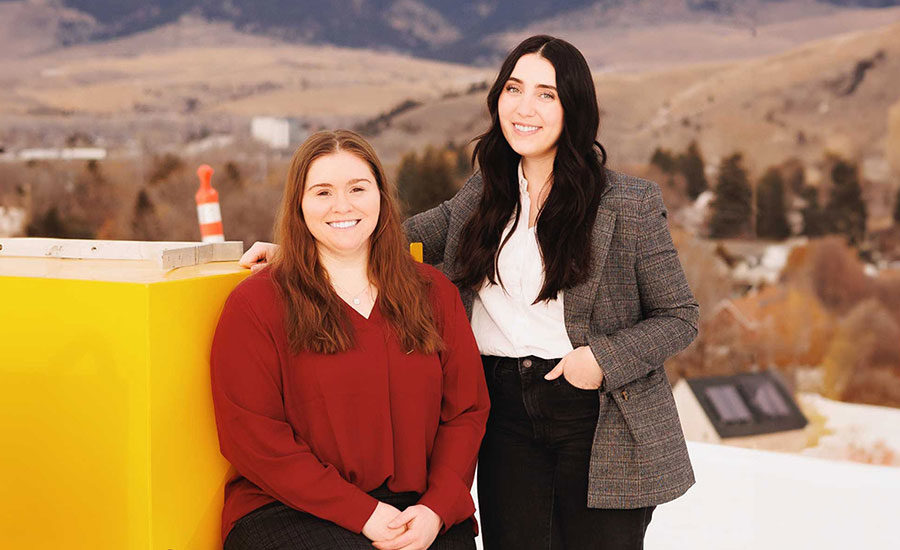Montana
CRYJ — A model for youth restorative justice in Montana
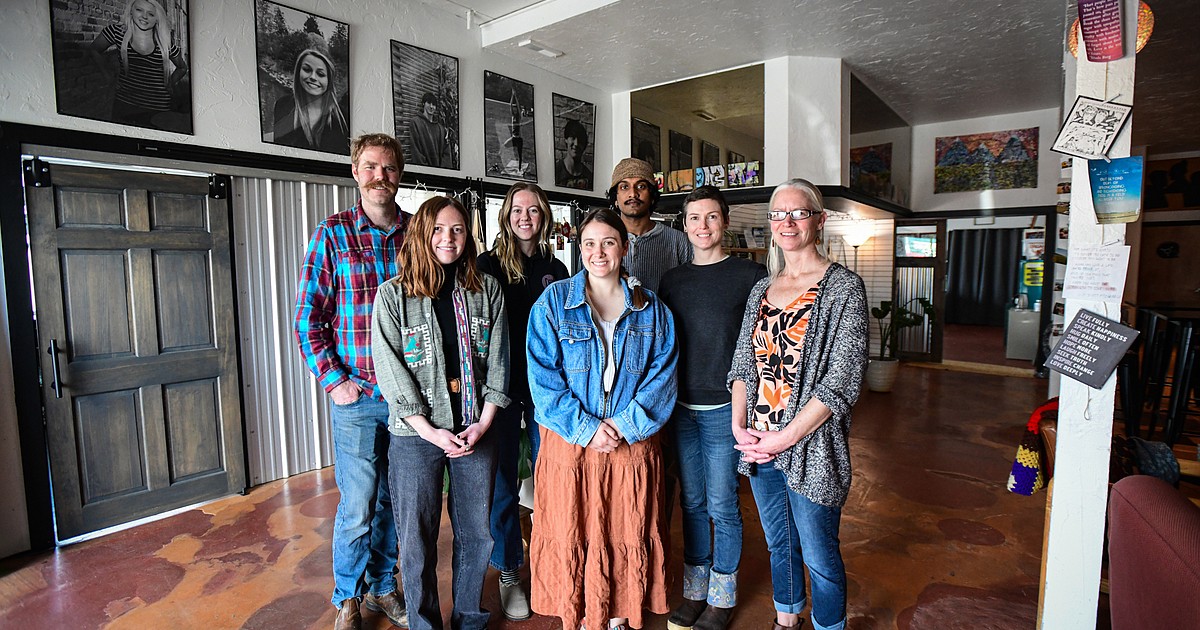
About 200 teens from around the valley walk through the door at the Center for Youth Restorative Justice each year to reconcile offenses that affected their communities.
Spending one to three months working on accountability, roughly 95% of participants will walk out that door having completed “restorative agreements,” entered into by the teens and their families, according to CRYJ Executive Director Catherine Gunderson.
While moving to 110 East Idaho Street a few years ago increased the nonprofit’s visibility in Kalispell, Gunderson hopes it also translates to people learning more about restorative justice and what it offers teens in their community. The nonprofit was honored last year by the Montana Board of Crime Control.
Restorative justice seeks to reduce the number of teens entering the justice system or time spent in school suspensions. Through a restorative justice program, teens work on acknowledging and taking responsibility for their actions; identifying factors contributing/leading to an offense; when possible, making amends with victims and engaging in personal growth and development.
The Kalispell-based nonprofit serves teens referred to the program by probation officers, school resource officers, or school administrators. Most teens in trouble with the law do not go to court. What types of offenses or issues teens get referred to CRYJ for is a mix. As a teen, many incidents arise out of impulsive decisions. In addition to youth court referrals tied to illegal activities, CRYJ addresses a wider range of harmful behaviors affecting today’s youth such as vaping and bullying.
“It’s basically a way for youth to have an alternative accountability process. It is youth court diversion, meaning it’s intended to be a way for youth, first-time offenders or otherwise, to not have a permanent record and have a chance to learn from an experience before going sort of deeper into this system,” Gunderson said.
“It’s sort of like we’re at a place when youth are sort of just dipping their toe in there, or starting to get into trouble for things and that’s sort of the trajectory [with no intervention],” she said.
Teens who decide to participate in the program may not see charges filed, school suspension time reduced and won’t have to engage further with probation or court. There is no fee for youths to participate in the optional program.
Gunderson attributes the 95% completion rate to the individualized plans CRYJ creates for each participant.
The process starts with a family conference where staff gets to know a teen to build a plan.
“What are the supports that they need? What is the self-reflection that they need on choices that they have made? What resources might they need to be connected to, to feel more a part of the community whether that’s the school community or Kalispell? Managing family dynamics, navigating friend groups, stressors, mental health — all of these things have such an impact on our behavior,” Gunderson said.
THE QUONSET hut on Idaho Street serving as home for CRYJ opens to a large, brightly-lit room divided by various seating arrangements conducive to working with small groups, and a kitchen, giving it a homey feel. Throughout the building are photos of past participants, some of whom still live and work in the community today.
The goal was to create a comfortable space for teens to talk about difficult topics and share personal experiences in facilitated discussions, which they may not be used to doing. It is not therapy, however, Gunderson said, but rather an opportunity for self-reflection and introspection in a supportive environment. Group discussions and activities are also an opportunity to practice respectful, active listening and communication.
A slate of upcoming peer workshops is posted for teens to join. Topics focus on what’s relevant to teens or what participants want to learn more about such as substance use, mental health (what is depression; what is anxiety), safe dating, navigating healthy friendships, school culture, what are impulsive decisions, what is anger management, conflict resolution and life skills such as cooking.
A multipurpose area in the back of the building contains an array of art supplies, yoga mats, fidget toys, a spinning wheel of questions and a wooden block tower with questions written on each block. Art created by the teens hangs on the walls.
“We love questions,” Gunderson said, smiling. “It’s an icebreaker or a teen can grab one, read the questions, reflect on it.”
There will be personal conversations where staff members may be the first people a teen might open up to about issues such as anxiety or drug use, for example. Staff will facilitate the discussion to get participants to think more deeply about their habits, however, CRYJ is not a residential or drug treatment or therapy program. Staff will ensure teens receive the services they need. Rather than just handing a teen a business card or a phone number they may never call, staff will make the call to ensure an appointment is scheduled with the appropriate provider.
“I think people forget it’s a kid,” Gunderson said.
The program’s ultimate goal is for teens to make amends with victims deeply impacted by an incident. Sometimes facing a victim is the scariest part of the program, according to Gunderson. She shared an anecdote about a teen who shoplifted and didn’t get caught, but the teen’s parents insisted on going to the store to return the item and apologize and the teen asked if they could go to the police instead.
“That’s what restorative justice is. It’s not just that a law was broken. It’s that there was a relationship involved, trust involved,” Gunderson said. “It can be way harder to face that than have a paper ticket and a fine,” she said.
Yet, the experience can have an impact.
“… It can be the most profound experience for everyone involved to understand where each other is coming from, and for a teen to realize an impulsive decision has consequences, or has an impact that I didn’t even think of. Understanding that is, has a huge impact on whether or not they do it in the future,” Gunderson said.
When making amends is not possible, teens may participate in a Community Impact Circle, which is a structured conversation between CRYJ families — to discuss harm, personal and family impact, resiliency and building community relationships.
“So there’s still that sense of like hearing from other youth and adults about incidents and how they’re processing it and impact and moving forward and the same types of reflections,” she said.
COMMUNITY BUILDING is also an integral piece of CRYJ programming. A sense of belonging to the community beyond family or school is often not in the immediate purview of teens. To help teens understand they are community members, CRYJ partners with volunteers and businesses to participate in events like cleaning up graffiti, for example, or projects such as assembling grief care packages for families affected by the deaths of teens in a car crash.
“It gives youth a sense of purpose and belonging,” she said.
This year, CRYJ established a three-month paid internship for teens who went through the program.
“They are really set up well to mentor and help with creating workshop content they feel is important, or do a special project, or be in our group settings and … bring that perspective and maturity,” she said.
When teens walk out of CRYJ they receive a “completion bag” filled with journals, resource books and goodies, but the hope from staff is that they leave with a renewed sense of purpose, motivation, self-awareness and empathy.
“Let’s help you take responsibility for what happened and then let’s help you think about who you want to be as you walk out the door,” she said.
CRYJ IS Montana’s only youth-based restorative justice organization and is being looked at as a model to replicate in other communities, according to the Montana Board of Crime Control.
Last year, CRYJ received the Montana Board of Crime Control’s Innovative Community Improvement Award. CRYJ received the award based on its strong collaboration with schools, juvenile probation, school resource officers, and the courts to provide alternatives to suspension, expulsion, and referrals to the juvenile justice system, said Rachel Gemar, a juvenile justice specialist and grant coordinator with the Montana Board of Crime Control.
“CRYJ has been so successful because of the many years of consistent program development, community education, and cross-system collaboration led by Catherine Gunderson and her team. MBCC supports the replication of CRYJ’s program model, but we also recognize that it will take time for local jurisdictions to build sustainable programs,” Gemar said.
CRY J’s success has helped fuel a growing interest in restorative practices across the state and was a program model for the crime control board’s Delinquency Prevention Program Grant, notes Gemar.
“The grant was designed to divert at-risk and justice-involved youth using a combination of restorative practices, mentoring, and coordination of care,” she said.
For more information visit https://restorativeyouthjustice.org.
Reporter Hilary Matheson may be reached at 758-4431 or hmatheson@dailyinterlake.com.
Casey Kreider
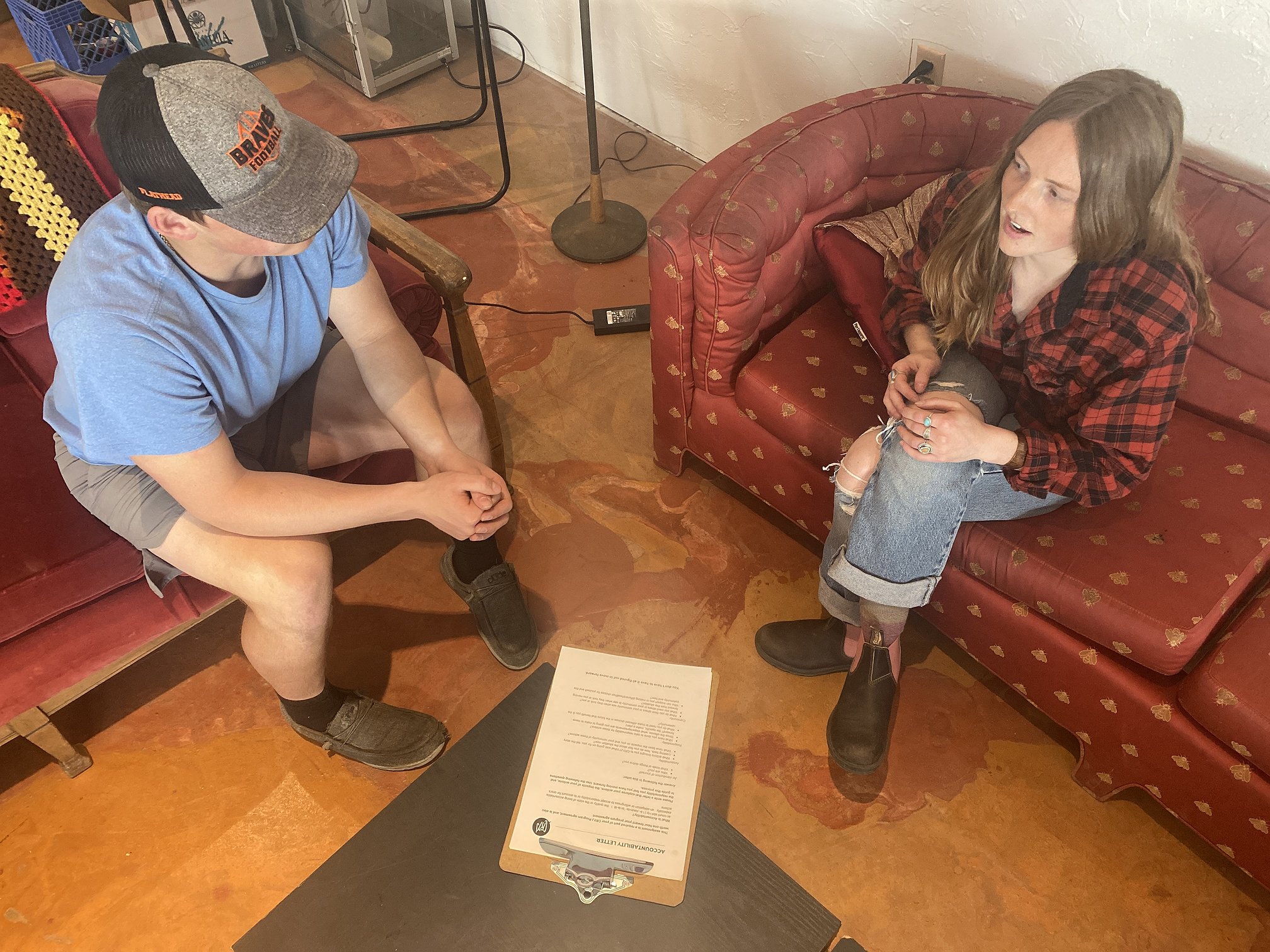 A staff member asks a teen to reflect on the impact of the incident that brought them to Center for Restorative Youth Justice, ways to repair any harm caused and how to move forward in a positive way. (Photo provided by CRYJ)
A staff member asks a teen to reflect on the impact of the incident that brought them to Center for Restorative Youth Justice, ways to repair any harm caused and how to move forward in a positive way. (Photo provided by CRYJ)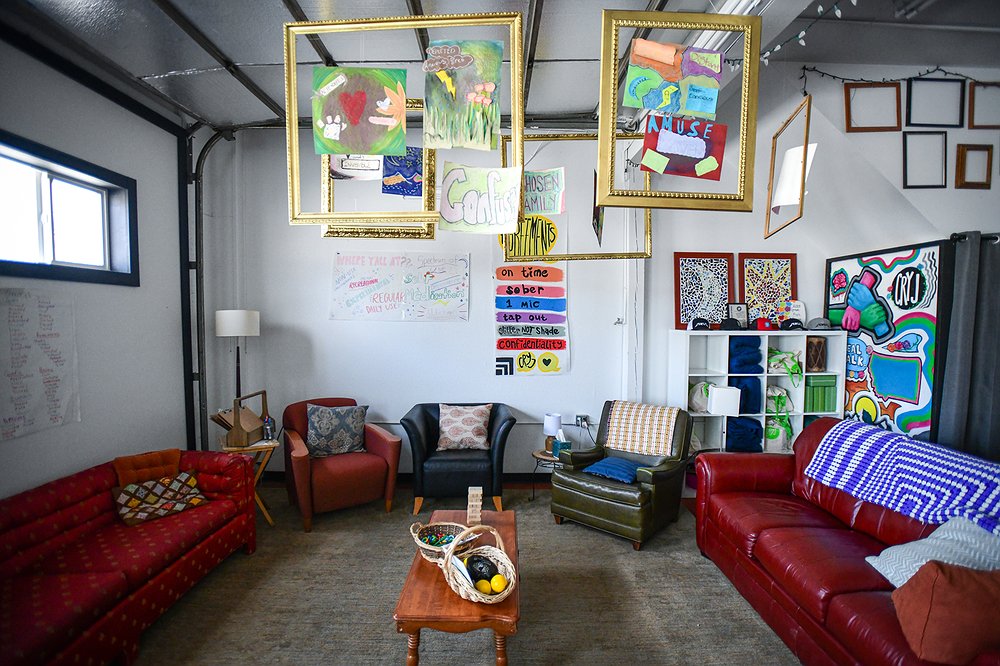 An area for meetings and conversation at the Center for Restorative Youth Justice in Kalispell on Wednesday, April 3. (Casey Kreider/Daily Inter Lake)
An area for meetings and conversation at the Center for Restorative Youth Justice in Kalispell on Wednesday, April 3. (Casey Kreider/Daily Inter Lake)Casey Kreider
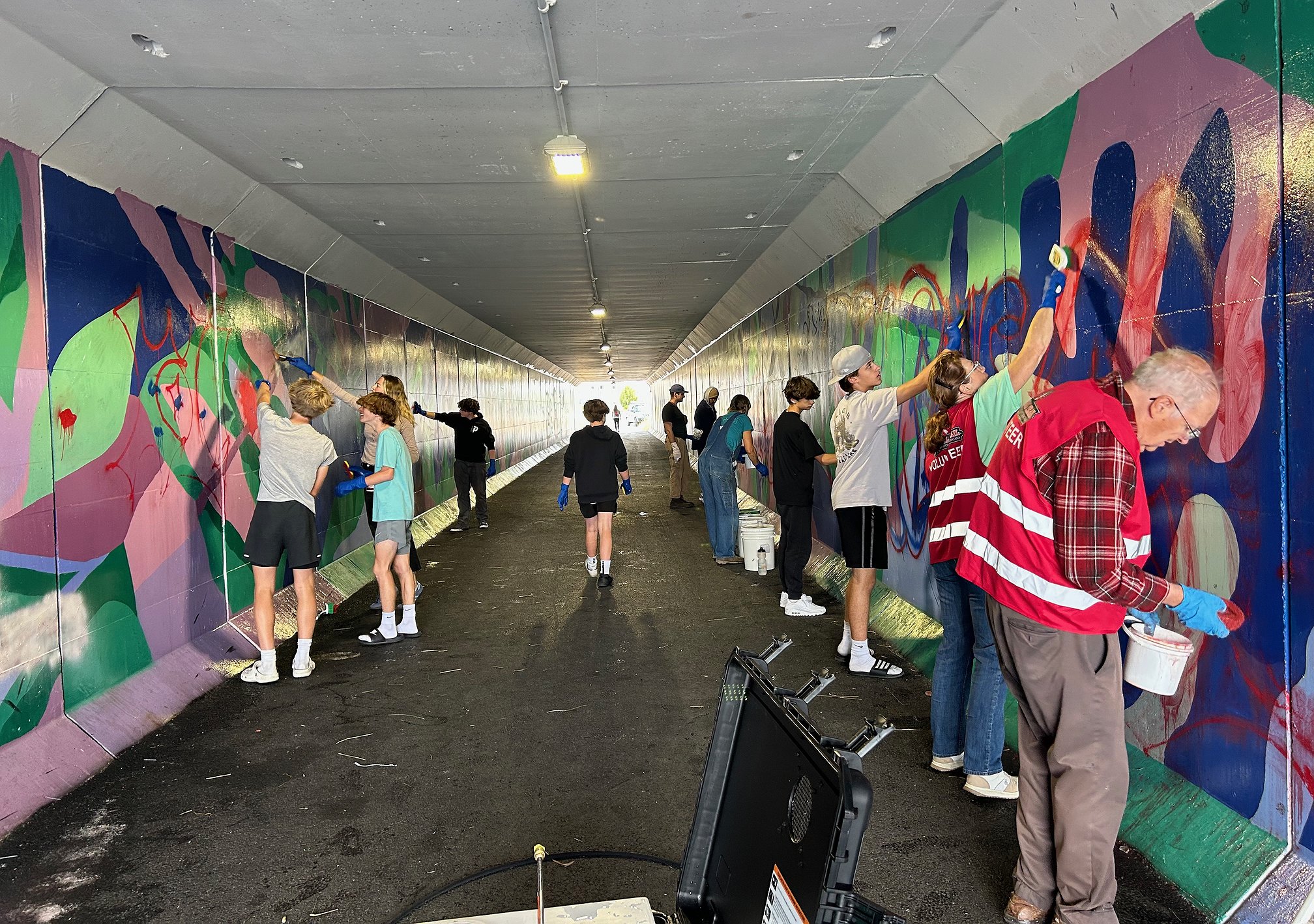 CRYJ teens work alongside community volunteers to clean up graffiti in a pedestrian tunnel in Kalispell. (Photo provided by CRYJ)
CRYJ teens work alongside community volunteers to clean up graffiti in a pedestrian tunnel in Kalispell. (Photo provided by CRYJ)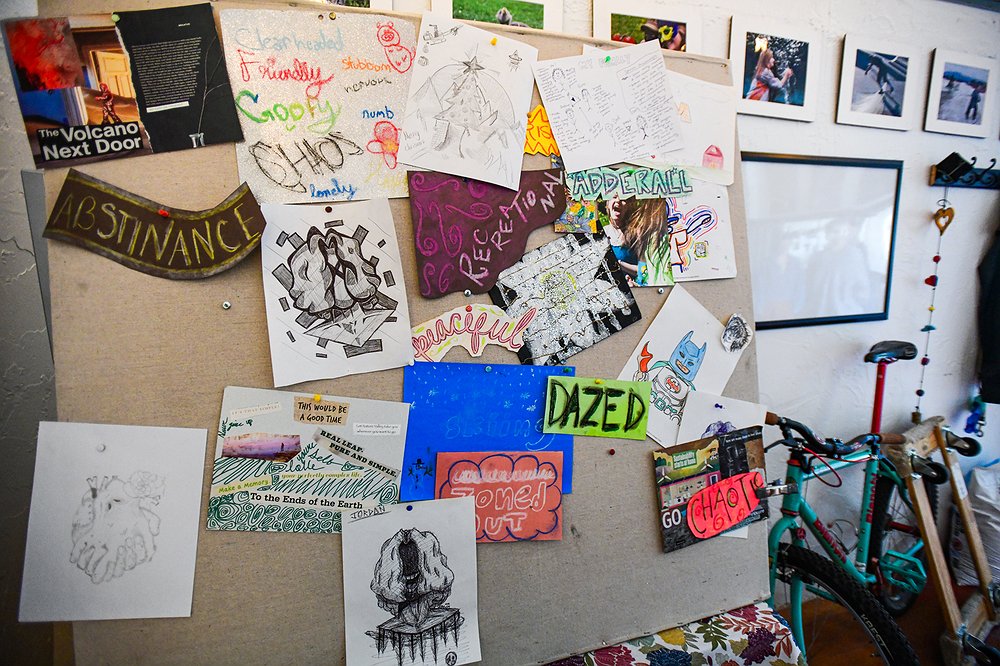 A small portion of the artwork on display at the Center for Restorative Youth Justice in Kalispell on Wednesday, April 3. (Casey Kreider/Daily Inter Lake)
A small portion of the artwork on display at the Center for Restorative Youth Justice in Kalispell on Wednesday, April 3. (Casey Kreider/Daily Inter Lake)Casey Kreider

Montana
HEADS UP: Chance to see the Northern Lights in Montana this weekend

MISSOULA — Heads up Montana – the Space Weather Prediction Center says that a strong geomagnetic storm may create opportunities to see the Aurora Borealis this weekend.
The SWPC is a branch of NOAA that tracks storms in within our solar system. For this upcoming weekend, a G4 watch was issued, which is a rare call. A G4 severe watch has not been issued since January 2005, over 19 years ago.
Here’s a breakdown of why the center made this call:
WHAT – “Several CMEs will quite likely reach Earth and lead to elevated geomagnetic activity.”
EVENT – “A coronal mass ejection (CME) is an eruption of solar material. When they arrive at Earth, a geomagnetic storm can result.”
WHY – “Watches at this level are very rare.”
TIMING – “The CMEs are anticipated to merge and arrive at Earth by late on Friday, May 10th or early on Saturday, May 11th.”
EFFECTS – “The Aurora may become visible over much of the northern half of the country, maybe as far south to Alabama or northern California.”
Basically, Montanans have a better chance to see the Northern Lights between the period of late Friday night – early Saturday morning. There may even be a chance between Saturday night – Sunday morning as well.
The G4 number is subject to change though, so if you want to see the lights, continue to check the SPWC forecast at these sites:
Some general viewing tips if you want to try your luck at seeing the Aurora include heading/looking north to an area with low light pollution and viewing between the hours of 12 AM – 3 AM.
Also, there are many local Aurora Borealis spotter groups on Facebook also that can help guide Montanans once the viewing time draws closer.
Cloud coverage will be minimal this weekend at night, making it easier to spot the lights!
As always, if you take pictures, we would love to share them! Please email your snapshots to – photo@kpax.com.
Montana
Evan Todd aiming for picture perfect ending to Montana Grizzlies career

MISSOULA — In the final few weeks of his college track and field career, Evan Todd is aiming for the picture perfect ending to his senior year with the Montana Grizzlies.
The Kalispell product is already a two-time Big Sky Conference champion in the javelin at Montana, and this weekend he’s looking to make it a three-peat at the outdoor conference championships in Bozeman.
“Just knowing coming into the Big Sky meet, knowing that this isn’t my last meet, but it is the end of the regular season,” Todd said. “Just knowing I got to lay it all on the line for that Big Sky Conference championship, just that means everything.”
Todd’s decorated track and field career at Montana has been cranked up a notch again in his final run.
Just a few weeks ago, the Glacier High grad broke Montana’s school record in the javelin with a throw of 234 feet, 5 inches, in front of friends and family.
“I was talking with my coach earlier in the week. We were kind of debating whether or not he was even going to let me throw or not,” Todd explained. “And then he just texted me one night and he was like, I’ll let you take three throws. And I was like, that’s awesome. Then I texted my parents, they came down, got my parents, my family, friends, they came down for them to be able to witness that on that day was incredible.”
It was another big accomplishment in Todd’s storied career.
But even coming into his final season, Todd kept things level-headed and the same as every season, even with the target on his back growing larger every meet.
“There’s definitely a little bit of a shift where, you know, it’s your last year,” Todd said. “It’s just a little bit different coming into a season knowing that you have another season after that, and you just got a lot down the road. But this year is definitely different knowing that it’s gonna come to an end at some point. And it’s just really about enjoying the ride and seeing the progression throughout the year. It’s really been fun.”
For Todd, being a staple of UM’s program has helped his growth.
Along with his own development mentally and physically as an athlete, he credits being surrounded by other successful competitors within the UM program as a big reason for his improvements each year.
“I think it’s prosperous, just surrounded by success,” Todd said. “And just like when you come into practice every day and you’re surrounded by great people who want to see you succeed, and you want to support each other, and everyone’s doing good, it’s just hard not to want to be great.
“I think I’ve grown a lot mentally. Just being able to take each day as a challenge and just take it day-by-day. Back (when I got to UM) I was a big picture kind of guy, I was looking a long ways down the road. Now, I’ve gotten better at taking things day-by-day, just working through each problem as it is.”
Todd is already qualified for the NCAA West regional — his fourth time qualifying — and there he’ll try to achieve another key goal of his in qualifying for the national championships.
He’s in the home stretch of his college career, one he’s enjoying every step of the way as it winds down.
“It’s just kind of been a joy ride just soaking up this last year having fun with it,” Todd said. “I’ve been through it all with this program, been through the ups and the downs, and highs and lows, and it’s just been awesome to see where this program is at now.”
Montana
Power outages impacting Central Montana communities

GREAT FALLS — The spring storm that whipped across Montana this week brought heavy rain, snow, and powerful winds and disrupted utility service to several communities.
NorthWestern Energy crews are working to repair broken power poles, downed power lines, and other damage from the storms and restore service to customers affected by outages.
The utility company said in a news release that some areas will have extended outages.
Service restoration is estimated to be Thursday, May 9, for the rural White Sulphur Springs area.
Power outages in the Monarch and Neihart area are expected to extend at least through the weekend.
Additional personnel and equipment are in these areas to assist with work to restore service as quickly and safely as possible.
You can check NorthWestern Energy’s Outage Map for the most up-to-date information on outages.
-

 Politics1 week ago
Politics1 week agoThe White House has a new curator. Donna Hayashi Smith is the first Asian American to hold the post
-

 World1 week ago
World1 week agoTurkish police arrest hundreds at Istanbul May Day protests
-

 News1 week ago
News1 week agoPolice enter UCLA anti-war encampment; Arizona repeals Civil War-era abortion ban
-

 Politics1 week ago
Politics1 week agoAdams, NYPD cite 'global' effort to 'radicalize young people' after 300 arrested at Columbia, CUNY
-

 News1 week ago
News1 week agoVideo: Police Arrest Columbia Protesters Occupying Hamilton Hall
-

 News1 week ago
News1 week agoSome Republicans expected to join Arizona Democrats to pass repeal of 1864 abortion ban
-

 Politics1 week ago
Politics1 week agoNewsom, state officials silent on anti-Israel protests at UCLA
-
)
) Movie Reviews1 week ago
Movie Reviews1 week agoThe Idea of You Movie Review: Anne Hathaway’s honest performance makes the film stand out in a not so formulaic rom-com


